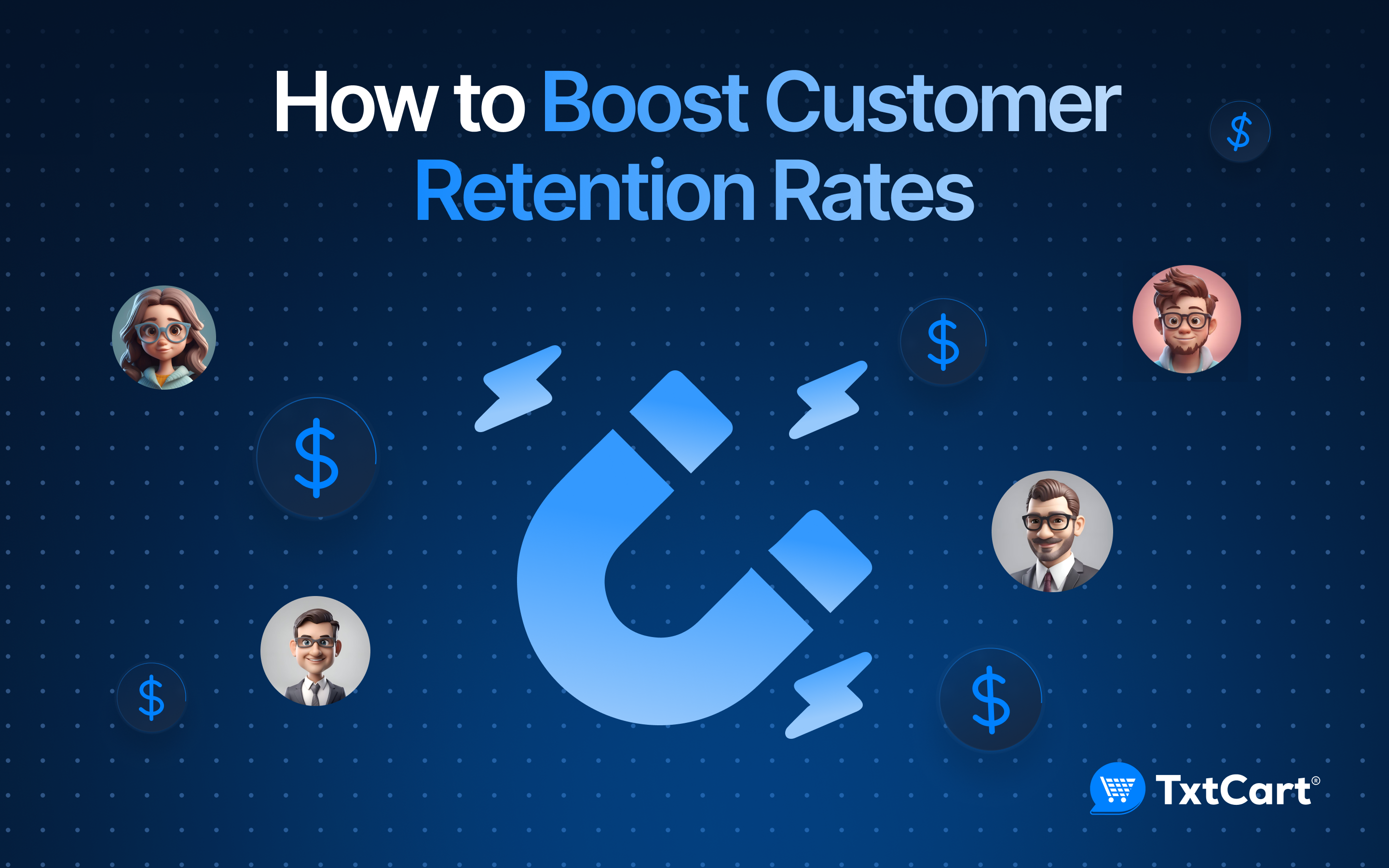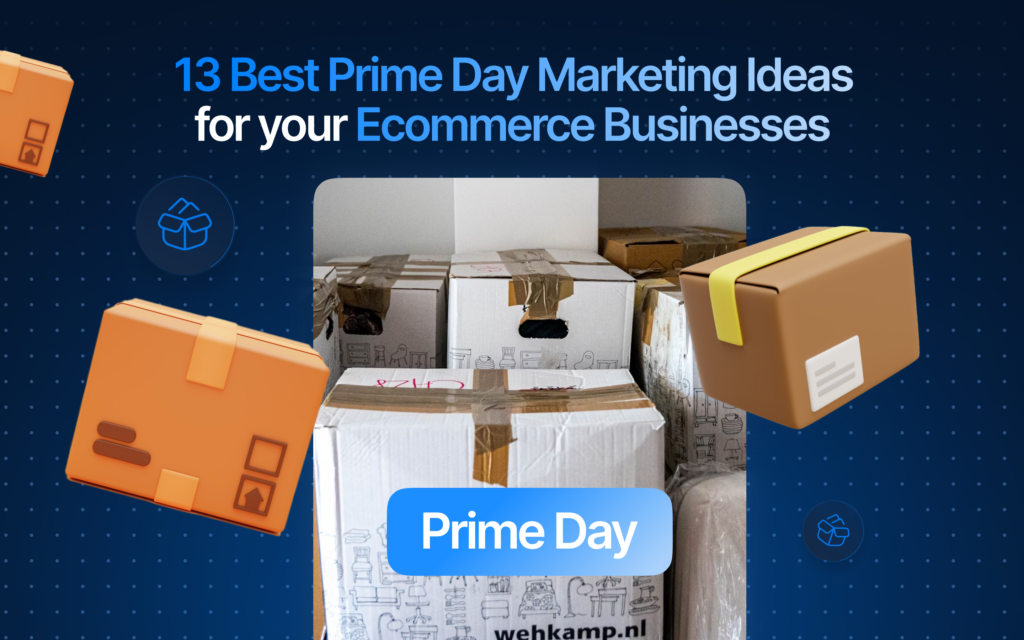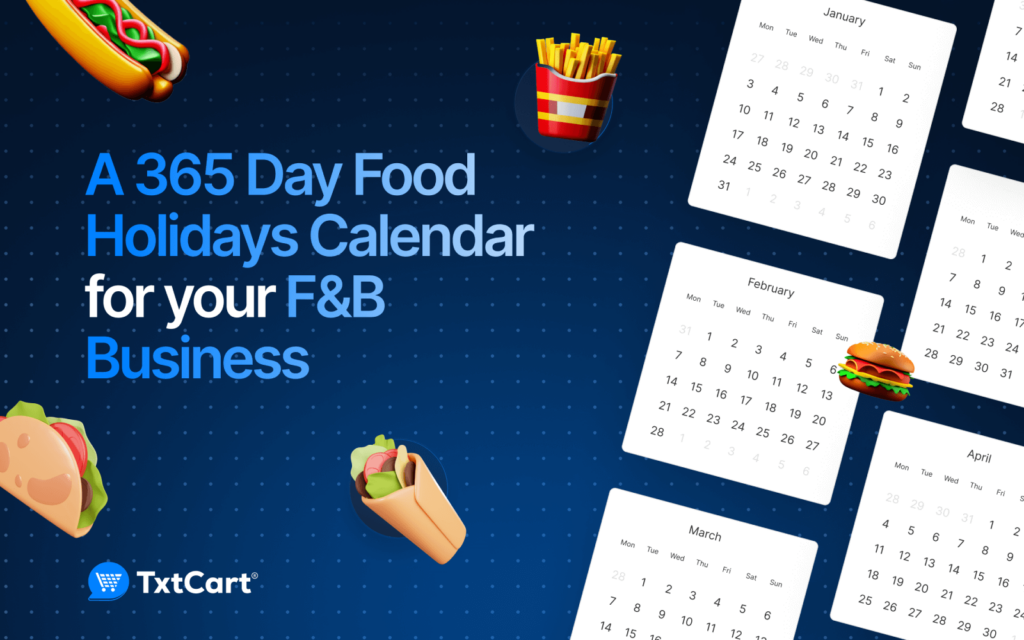Learn actionable strategies to boost customer retention for your eCommerce brand.
Acquiring new customers is five times more expensive than retaining existing customers. This makes customer retention an extremely important aspect for eCommerce brands.
However, with increasing competition, brands are finding it difficult to attract and engage customers, making it harder to retain them.
We’ve found five customer retention strategies for new-age brands to boost customer retention.
5 ways to boost customer retention
Customer retention is extremely hard. Merely offering good products or services is not enough. In today’s competitive market, you need to create strategies to attract, engage, and retain customers. And you need to consider every aspect of customers’ journey. Here are five strategies to help you boost customer retention.
1. Subscription models
A subscription model is a repeat purchase model. With subscription, customers can sign up once and subscribe to a periodic delivery of products. For example, a weekly subscription of vegetables, a monthly subscription of magazines, an annual automobile subscription, etc.
There are different types of subscriptions:
- Replenishment subscription: This model works best for consumables that need to be replenished on a regular basis, such as food items, health supplements, medicines, etc. With this model, customers can get products and services delivered at the exact pre-decided time and interval. For retailers, this model provides a competitive advantage, forecast and manage demand and supply, and predictable revenue.
- Curation subscription: In this model, brands put together assorted products and deliver to customers at a pre-defined interval. Curated boxes have the potential for a high level of personalization. Brands can curate boxes based on customers’ preferences. This model provides an opportunity to brands to strengthen their relationships with customers as there is a higher level of personalization.
- Bargain/access subscription: In the bargain or access subscription model, customers pay a monthly subscription fee to avail access to new products at bargain or discounted prices. Subscribers also get members-only deals. With this model, brands can offer multiple pricing options under one umbrella. Also, this model makes it easy for brands to ensure consistent revenue from all products.
- Fixed subscription: In the fixed subscription model, brands offer fixed products for fixed prices, making it hassle-free for customers. For example, SaaS products and services. This model helps retailers build long-term customer relations, and ensure recurring and consistent revenue.
- Unlimited subscription: This type of subscription allows customers unlimited usage for a fixed fee. For example, Netflix.
- Pay-as-you-go subscription: This is a usage-based subscription model. Customers pay on the basis of usage. For example, internet services subscription. Many small companies use this model to get started.
2. Membership models
Ecommerce membership model gives members access to exclusive services, offers, discounts, and other perks. Memberships can be free or at a fee. Some of the most common membership perks are gift vouchers, birthday surprise, member-exclusive discounts, first access, etc. One of the best examples of eCommerce memberships is Amazon Prime.
Membership programs provide many benefits to customers and retailers. For example, it improves customer loyalty, retention rate, customer engagement, customer lifetime value, etc.Paid memberships provide recurring revenue. For customers, memberships provide enhanced experiences, benefits and perks, exclusive deals, a community experience, and long-term engagement with their favorite brands.
Key factors of membership model:
- Perks: The main attraction of memberships are the perks—the factors that add value to customers. For example, first-access, exclusive events, customer communities, gifts, discounts, etc. Brands can boost customer retention rates by offering relevant perks to customers by personalizing them.
- Validity: Membership plans have pre-defined durations, for instance, one year, bi-annual, or lifetime. The validity of membership plans is important because it determines customers’ loyalty and value to your brands.
An example from a baby diaper membership brand:
3. Gamified loyalty programs
A strategy that has gained prominence in recent years is gamified loyalty programs. It involves combining elements of gaming with loyalty programs. Gamified loyalty programs often include elements such as badges, points, rewards, challenges, tiers, and multiple levels.
- Gamification helps increase customer engagement by 47%
- 40% of customers want gamified loyalty programs
- 60% of consumers are more likely to buy from brands if they enjoyed playing a game through its loyalty program
Gamification is based on elements such as fun, excitement, instant gratification, competition, etc., factors that make loyalty programs more attractive to customers.
Here are some ways you can gamify loyalty program:
- Create a tier-based loyalty program. Customers can climb tiers or levels and progress within the program
- Another element of gamification is to create interactive experiences that encourage customers to engage more, leading to higher retention rate
- Keep customers informed about their loyalty points balance via a quick SMS or email
Here’s an example of how Amazon offers scratch cards for different actions:
4. Omnichannel customer support
Another critical factor that helps boost customer retention rates is the quality of customer support you provide. 89% of brands agree excellent customer service is critical. The catch is, customers prefer different channels to contact brands. Moreover, they perform different tasks on different channels. For instance, get in touch with you via live chat on the website but may move the conversation to WhatsApp.
Hence, having an omnichannel customer service system is a critical factor. Omnichannel allows customers a consistent experience and to transition from one channel to the other effortlessly.
Here’s how you can create an omnichannel customer support system to boost retention:
- Ensure seamless interactions across multiple channels—SMS, WhatsApp, Messenger, email, live chat, etc.
- Integrate different customer support channels so that all the information is available across channels
- Be available for customers on all channels and ensure a streamlined and good experience for them
- Create a consistent and cohesive experience across your communication channels
- Integrate data and insights from various channels into your omnichannel customer service strategy
- Leverage intuitive communication tools into your eCommerce website
5. Customer journey mapping
Customer journey mapping is an effective strategy for brands to boost customer retention. It involves tracking the various touchpoints and interactions customers have with brands—from the stage when customers get aware about your brand/product to decision making, and retention.
The crux is to get valuable insights into customer behavior and preferences, and then align your strategies to tailor it to customers.
Here are some aspects of customer journey mapping:
- Identify customer personas. This will help you craft relevant strategies to approach different customer segments.
- Identify customer pain points. By doing this, you can address customers’ needs and increase customer retention rates.
- List out customer touchpoints. When you include all the touchpoints, you can ensure a consistent user experience.
- Personalize customer experience. Create targeted marketing and promotional messages, tailored product recommendations, etc. at every stage of customers’ journey, and improve customer retention.
- Determine the resources you will need. From tools and software to people, skills, and systems, your resources are critical to customer journey mapping.
- Monitor and optimize: Customers preferences and behaviors keep changing. And hence, it is essential to continuously monitor, analyze, and optimize your customer journey strategies.
Setting up customer retention strategies for your Shopify store
The fact is, in this fast-moving, ever-changing world of eCommerce, one-time customer retention strategies may not work.
Customers’ preferences are constantly evolving. Hence, you will need to consistently measure and improve your strategies.
Monitor, analyze, collect customer feedback, and improve upon your capabilities so customers have the best experiences.
From the first time your customer discovers you through to the entire journey to purchase and beyond, you have many opportunities to make customers want to come back to your Shopify store for more. The key is to meet customers at the right time with the right strategies.
Want to know more? Reach out to our team of Shopify experts.






